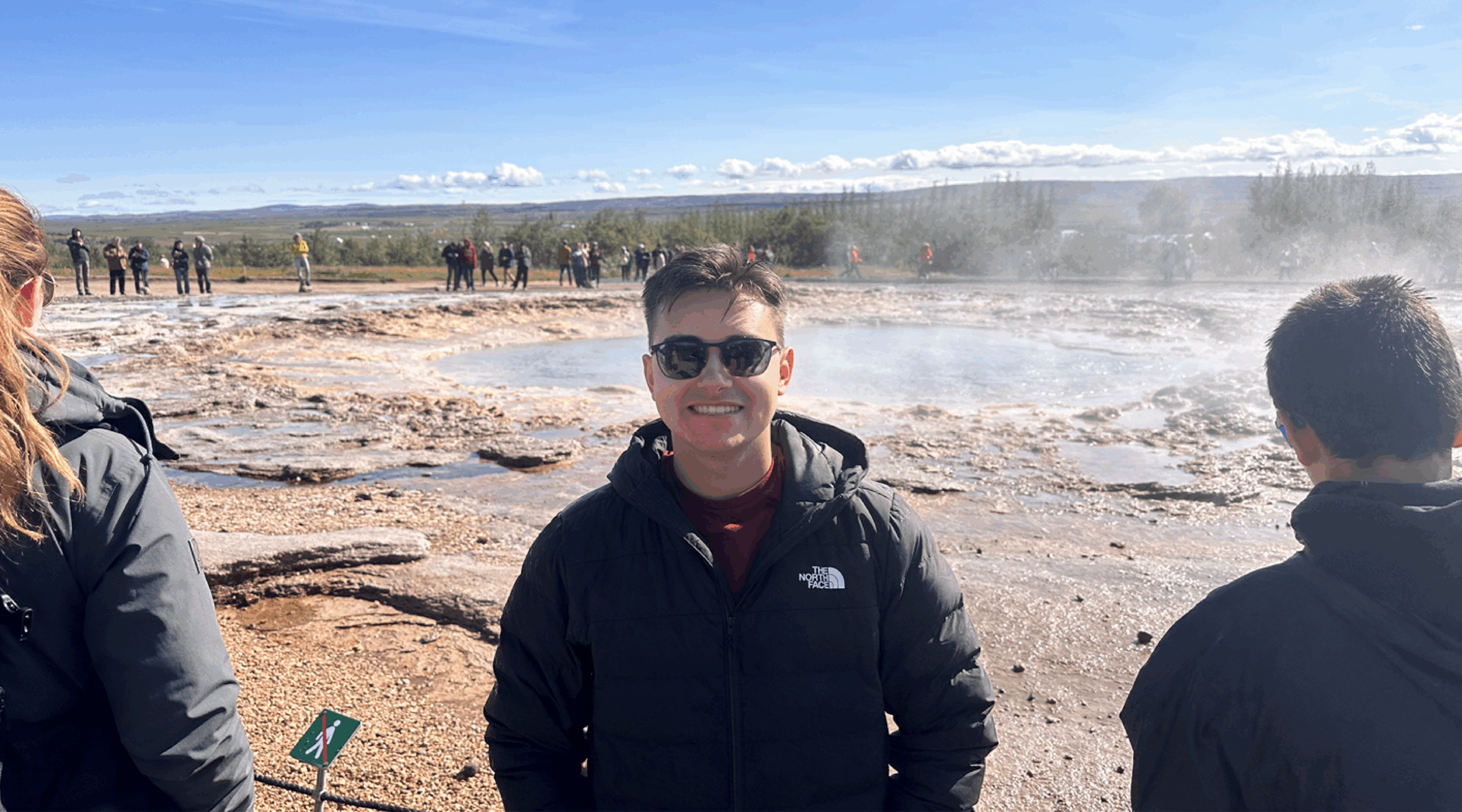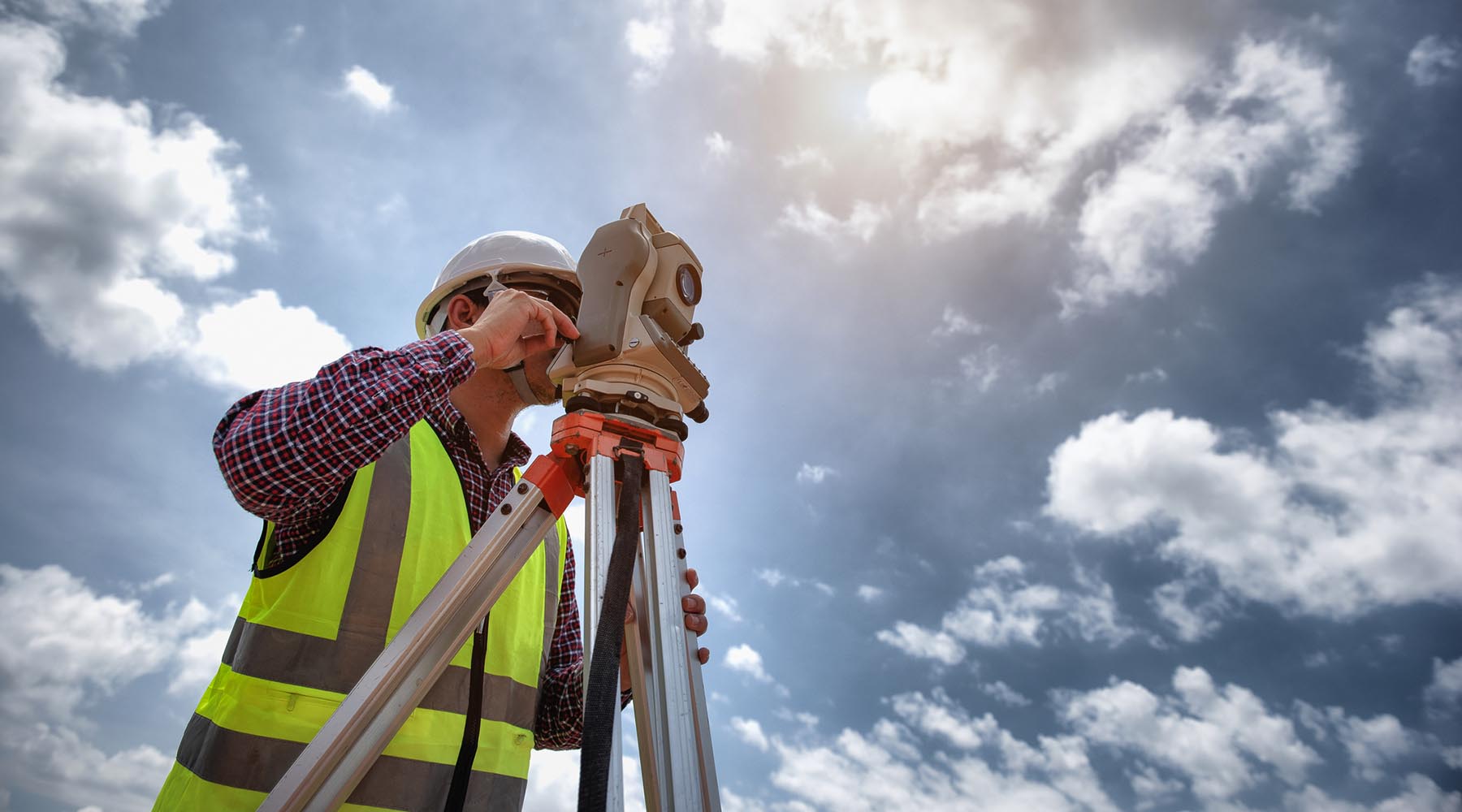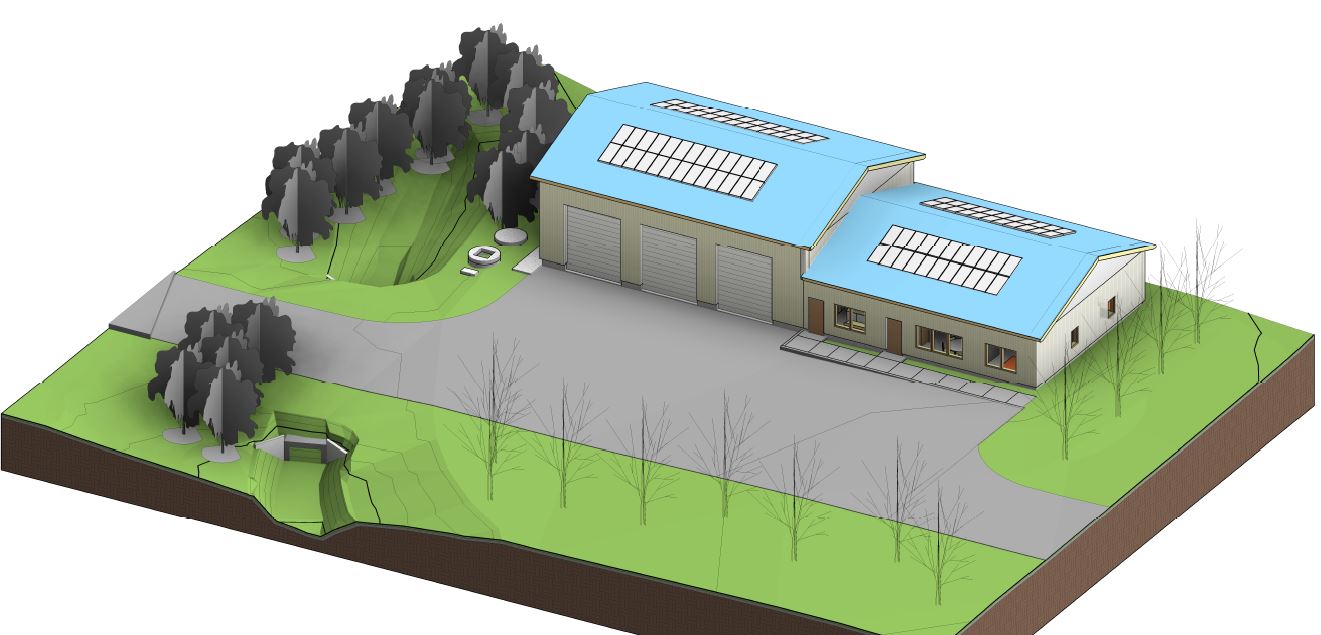Beneath the Surface
Do you ever wonder about the history of the people who came before you and what remains they left behind that might be buried beneath your home, yard, or office? As part of project development, our staff has to think about this for every project to satisfy several federal and state requirements to protect those hidden resources. The National Historic Preservation Act (NHPA) was passed in 1966 to protect the Nation’s historical and cultural resources. Section 106 of the Act requires federal agencies to consider the effects on historic properties of projects they undertake – sometimes called a “Section 106 review.” For any project that requires a federal permit or uses federal funding, a completed Section 106 review is necessary to identify those crucial resources that may be affected by the project.
Federal funding for transportation projects within New Hampshire comes primarily through the NH Department of Transportation (NHDOT), which receives funding from the Federal Highway Administration (FHWA). Because of this, many of the projects that we work on require Section 106 review. The first step in this process is to identify the historic or cultural resources within the project’s work limits, which is also called the Area of Potential Effect (APE). This step includes those resources above-ground, such as homes, foundations, or structures that were built more than 50 years ago, and below-ground, such as remnants of prior human activity associated with both the Native American and European American periods. This is where we need an archaeologist’s assistance – enter thoughts of Indiana Jones!
Archaeologists are responsible for more than finding buried treasures, and their process begins with historic and environmental research followed by an archaeological survey of APE. This process is much tamer than what is shown on the big screen and involves less chasing and more research and excavation. (the professional term is excavation – gardeners dig, archaeologists excavate!) The first step is to check historic maps and records of what has been documented in APE; was there a town, house, settlement, camp, road? The site is also carefully examined to determine any clues to what may lie underground. Sometimes this can include a shovel test, which means excavating a small 0.5 meter/1.5 foot square area, obtaining soil information, and evaluating the level of historic soil disturbance. Once this information has been reviewed, if the site is determined to contain additional underground information, a plan is developed to complete further excavation across APE – more test pits, often within a grid pattern, to cover the areas to be impacted. While this method is the standard, any excavation can be a very disruptive and time-consuming process. Is there a better way to find buried evidence? Couldn’t we take a picture of what lies beneath, like an X-ray or ultrasound?
Seeing What Lies Beneath
Yes, we can! The idea of “seeing” using radio waves was first introduced in 1904 and was initially developed for locating ships at sea in storms, but was put to use on a larger scale in World War II to find aircraft that were too far away to be viewed by the eye. Using radar involves bouncing radio waves off the object from a distance and using the time the wave travels back to calculate distance. The term “radar” came from the US Navy in the 1940s as an acronym for Radio Detection And Ranging. Radar has many uses, including the police speed-detector guns you may have been unlucky enough to encounter. While the concept of bouncing radar waves underground to create a picture of what lies beneath our feet (or Ground Penetrating Radar (GPR)), was developed only six years after radar was first developed, the use wasn’t fully explored until the 1970s when the first affordable commercial equipment was developed.
GPR is now a widely-accepted tool that is used to identify a variety of underground features, such as: utility lines and pipes, geological features such as large boulders, changes in the subsurface soil layers that may affect construction, or the depth to groundwater to develop wells for drinking water. GPR equipment looks a bit like a lawnmower and is rolled slowly across the survey area in a grid pattern (as seen below). The unit’s base sends an electromagnetic wave or pulse into the ground, and the echoes that bounce back are recorded using specialized software that translates these echoes into images of the objects in the subsurface.

GPR is ideal for supplementing underground archaeological surveys, primarily because the pictures that it creates can be used to identify features without the risk of damaging them that could occur during an excavation. This feature makes it an excellent tool for surveying areas where there is potential to find buried human remains. Cemeteries, graveyards and burial grounds might seem to be locations that would be well-documented (where did we bury Grandma, was it by the barn?); however, historical records can be lost, misplaced or damaged, or not recorded if the site was small. Even the oldest European settler burial ground in New Hampshire, the Old Odiorne Point Cemetery, located within Odiorne Point State Park grounds, has a complex history with scattered documentation regarding the location and number of burials.
Trivia: While the terms graveyard and cemetery both refer to a burial ground, graveyards are located on sacred or church grounds, while cemeteries are located on public or private grounds.
What We Saw
As part of the required Section 106 review for a project, Hoyle, Tanner recently worked with NHDOT in the Town of Conway to use GPR for investigating the Town’s first documented cemetery area, Meeting House Hill Cemetery, where the original Meeting House stood. Historic review completed for NHDOT in 1965 while constructing Route 302 indicated that this cemetery was used as early as 1740 to bury local settlers and included Revolutionary War soldiers. In the 19th century, the Town removed several sets of remains to other cemeteries in Conway to allow for road and railroad development in the area. Local information suggested that these areas were not thoroughly surveyed and that human remains could still be underground within the area.
Hoyle, Tanner worked with Independent Archaeological Consulting, LLC (IAC) to complete an archaeological investigation in the area around the cemetery marker using GPR. IAC contracted with Nearview, LLC to provide the highly specialized and hard-to-find GPR unit and conduct the survey. What does GPR look for? GPR imagery can show disturbed soil associated with a grave shaft, or echo reflections related to bones, coffins, grave goods, or clothes that would be different from the soil around these items. It can also locate changes in the soil layers that can be due to the digging from installing a grave – the mixing of soil when that happens creates reflections that differ from the surrounding area.
The GPR unit was rolled slowly across the ground in a grid pattern (like mowing your lawn, making sure you cover all of it!). Shovel test pits (STPs) were excavated in targeted locations to specifically intersect with GPR survey to check against any revealed soil anomalies or differences. While the GPR survey identified a single anomaly, the test pits excavated near the anomaly revealed soil layers that did not indicate the type of disturbance that would show the location of burial or human remains.
Eliminating this area as a location of unidentified burial spaces or human remains is valuable to the Town, its citizens and the families who have wondered for decades about this site. It also provided a timely and cost-effective process for NHDOT to clear this area of potential impacts to archaeological resources so that future roadway changes at the intersection of Route 302 and East Conway Road will not need to exclude this area.
GPR technology has come a long way since it was first developed, and we are excited to add it to our toolbox for Section 106 review. Using GPR can provide a better picture and give a definitive answer to what lies beneath. Find out more about GPR Technology by reaching out to me.










